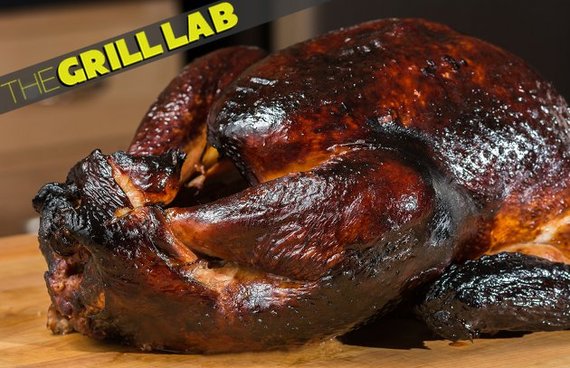Believe it or not, brining is a hotly debated topic. (Does the barbecue world ever agree on anything?) Some people swear by it, while others scoff at the effort and time it can take (as little as 15 minutes or as long as several weeks).
But nobody can dispute this: Brining makes meat juicier.
Lean meats, like chicken breasts, pork chops, shrimp, or fish fillets, trip up many grillers. Turn your back for a few seconds or get caught up in something else, and your once-glorious piece of meat becomes a dry, tough wreck of a dinner. To keep lean meats moist when exposed to the high dry heat of the fire, many people and grill cultures choose to brine it first, which means soaking it in salt water—before grilling.
Here are some points to keep in mind when brining:
- First, there's the salt. Here at BarbecueBible.com we're partial to sea salt. Why? It contains a variety of minerals, like calcium and magnesium, which we believe add a subtle but detectably flavor.
How does that meat get so juicy? Find out about the science behind brining.
SIGN UP for Steven Raichlen's UP IN SMOKE newsletter to learn more about barbecue!
Steven Raichlen is the author of the Barbecue! Bible cookbook series and the host of Primal Grill on PBS. His web site is www.barbecuebible.com.
